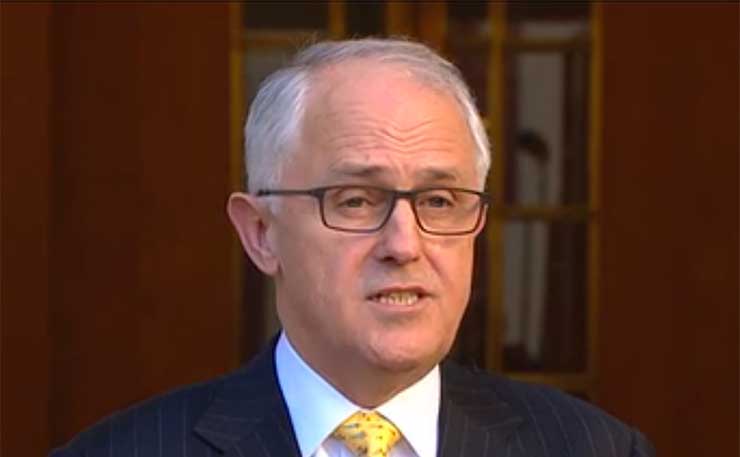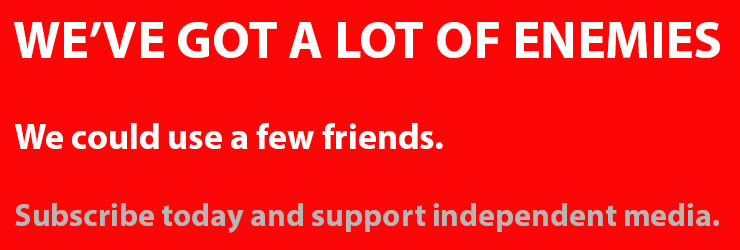When politicians speak, sometimes you have to read between the lines a little. Neroli Colvin breaks down the PM’s statement on a united Australia.
It’s Harmony Day, and Australia has a new multicultural statement to mark the occasion. On the eve of the day known elsewhere as the International Day for the Elimination of Racial Discrimination (more of a mouthful, to be sure), the Prime Minister, Malcolm Turnbull, unveiled his vision for a “Multicultural Australia: United, Strong, Successful”.
The announcement also coincides with today’s partyroom meeting to debate a proposed change to section 18C of the Racial Discrimination Act, whereby “insult, offend or humiliate” would be replaced with “harass”.
Coming 16 months after the government signalled a new policy was imminent, and six years after the Gillard government’s “The People of Australia” policy was published, yesterday’s multicultural statement was nonetheless a surprise.
“Australia is the most successful multicultural society in the world,” Turnbull declares in the foreword to the statement.
“We are as old as our First Australians, the oldest continuing human culture on earth, who have cared for this country for more than 50,000 years.
“And we are as young as the baby in the arms of her migrant mother who could have come from any nation, any faith, any race in the world.”
Migrant and refugee bodies such as the Federation of Ethnic Communities’ Councils of Australia, Migration Council Australia and the Settlement Council of Australia have generally welcomed the new statement.
Leading immigration and multiculturalism researcher Professor Andrew Markus endorsed its inclusion of Australians of Aboriginal and/or Torres Strait Islander descent and those with British and Irish ancestry in Australia’s “multicultural story”.
Greens leader Richard Di Natale, on the other hand, described the document as “more warning than welcome… an attack on multiculturalism and a dog whistle to people on the fringes of society”.
Whether there will be any actual “policy” to accompany “Multicultural Australia: United, Strong, Successful” remains to be seen. However, there are reasons to be cautious about the directions signalled by the language of the statement (not to mention the timing of its release). Here are four of them.
The “r” word is back
That’s “race”.
“No-one can look in the mirror and say ‘Australians only look like this’,” Turnbull said in launching the statement.
“Australians look like every face, every race, every background.”
The word “race” did not appear at all in “The People of Australia”, except in connection with racial discrimination.
Other multicultural policies, including the Multicultural NSW Act 2000, have been updated to remove the word “race” and replace it with terms such as “linguistic, religious and ancestral backgrounds”.
Now “race” is back in the national lexicon, despite the concept of races having been debunked decades ago. “Race” puts the emphasis on what people look like, not who they are. It also implies that some people are more “other” than others.
Equity has disappeared
“Equity” was big in “The People of Australia”. Strengthening the access and equity framework was one of the policy’s key initiatives, along with establishing the independent Australian Multicultural Council and implementing a new national antiracism strategy.
The word “equity” doesn’t feature in the Turnbull government statement; the emphasis instead is on “equality of opportunity”.
There’s a huge difference, however, between “equality of opportunity” and “equality of outcome” (equity). Achieving equality of outcomes requires substantial amounts of money, effort and reform. “Equality of opportunity” is a much, much lower bar.
Security is big
The word “security” doesn’t appear at all in “The People of Australia”. It appears seven times in the new statement.
“The Australian Government places the highest priority on the safety and security of all Australians,” the document declares.
“Recent terrorist attacks around the world have justifiably caused concern in the Australian community. The Government responds to these threats by continuing to invest in counter-terrorism, strong borders, and strong national security…”
The government reminds us how much migrants have contributed to “our social and economic fabric”, while also assuring us it won’t let immigration undermine our safety, freedom and prosperity. The linking of multiculturalism and terrorism is more likely to entrench than extinguish concerns about immigration and some immigrants (such as those who look “different”).
Australian values are back
Even bigger than “security”, though, is the word “values”, which appears no fewer than 16 times in “Multicultural Australia: United, Strong, Successful”.
“We are defined not by race, religion or culture, but by shared values of freedom, democracy, the rule of law and equality of opportunity,” Turnbull writes in the foreword.
The statement goes on to declare: “Our shared Australian values are the cornerstone of our economic prosperity as well as our socially cohesive society.”
Those “shared values” are listed as respect, equality and freedom.
Good things all, but the thing about values is they cost nothing. If the government genuinely wants a united, strong, successful multicultural Australia, it may have to do a little more.
Donate To New Matilda
New Matilda is a small, independent media outlet. We survive through reader contributions, and never losing a lawsuit. If you got something from this article, giving something back helps us to continue speaking truth to power. Every little bit counts.






